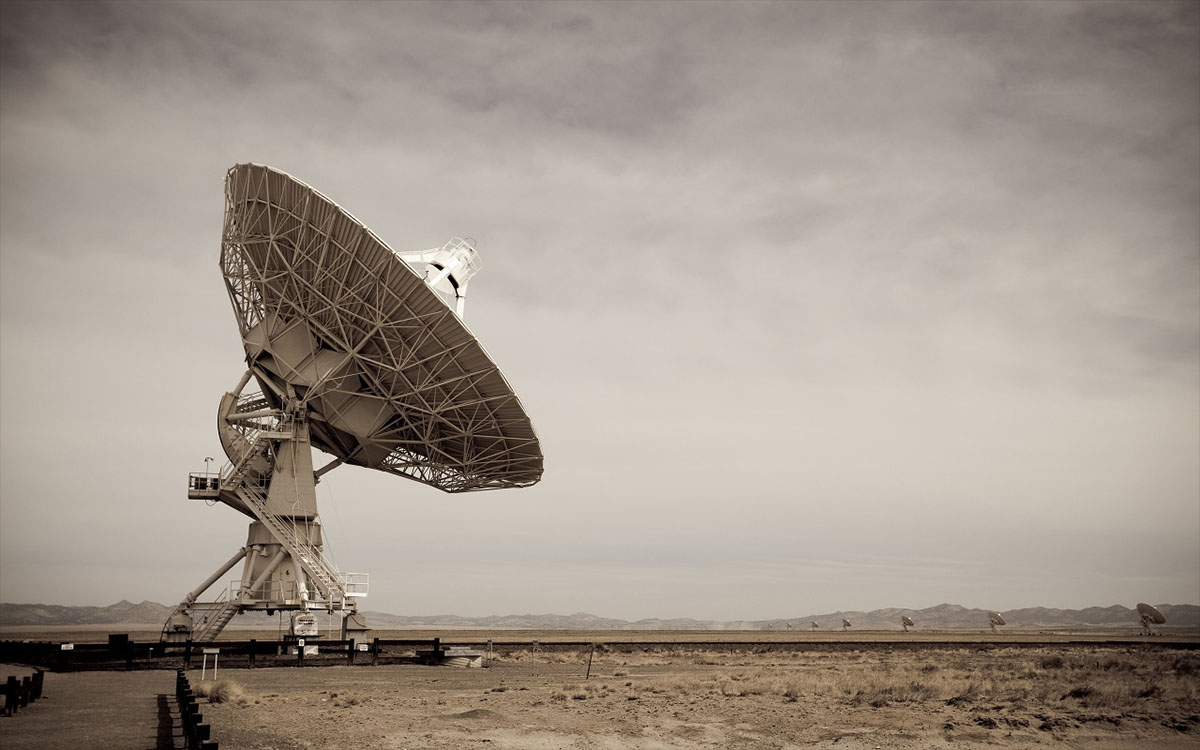weird things talks to SETI

When this blog was just starting, I wrote about the infamous Wow! Signal and raised a few questions about why it wasn’t accepted as proof of alien contact. Since I’m not an astronomer, I decided to send my questions to SETI to see what the experts thought and was treated to some very interesting insights on the ins and outs of talking with an alien civilization from Dr. Jill Tarter, one of the world’s foremost authorities on the subject.
In my original post, I wondered why the Wow! Signal was considered just an anomaly despite its similarity to the kind of broadcast SETI was hoping to detect. Turns out, there was a little more to it than that and I was wrong about how many criteria the signal actually met.
The Wow signal was remarkable because the researchers had never seen such a strong signal before. It did not actually follow the rules they had established in advance for what a good candidate signal should do — show up in the East beam, then in the West beam of the telescope to provide a match to the beam pattern as it was moving through — but it was so unusual [the researchers] expended a great deal of telescope time trying to find it again from the same direction in the sky, and that hasn’t happened.
And yes, the procedures set up to qualify an interesting candidate signal mean that a reasonable persistence was required of a candidate signal, and is so today by most search programs.
Why would we expect that a targeted alien transmission would last more than a few minutes at best? After all, our longest transmission to an alien planet was 4.5 hours and the shortest was just over 3 minutes. How persistent do we expect a candidate signal to be? And can we actually use our attempts to talk to aliens to try and figure out what a real extraterrestrial transmission might be like?
Since we’re not in the business of realistic, meaningful, deliberate transmissions yet, our past opportunistic stunts probably aren’t good models to predict what a purposeful transmission strategy might look like.
That brings up another question. Would getting a signal from an alien civilization be somewhat anticlimactic because we couldn’t really have a two way conversation with them due to the laws of physics? Dr. Tarter offers a different take on this hypothetical situation…
Communication does not necessarily require two-way transmission. Think of all the information that texts from ancient Greece or Shakespeare have propagated into the future to our generation — one way only, but very valuable.
If it were deliberately organized with the thought of a forward migration in time, that information might have been even more valuable. Even a cosmic dial-tone with no information answers the ‘are we alone?’ question.
Ultimately, that’s what it’s all about. Just being able to say whether there’s intelligent alien life in our universe with empirical certainty rather than probabilities and a nod to the Drake equation. We want the aliens to send us something, anything, by accident or on purpose, as long as they let us know they’re out there. Hopefully they’ll send us something useful, like their history or a brief overview of their home world. If they send us the cosmic equivalent of a ping, that’s good too. At least we know they exist and can prove it with something tangible.





